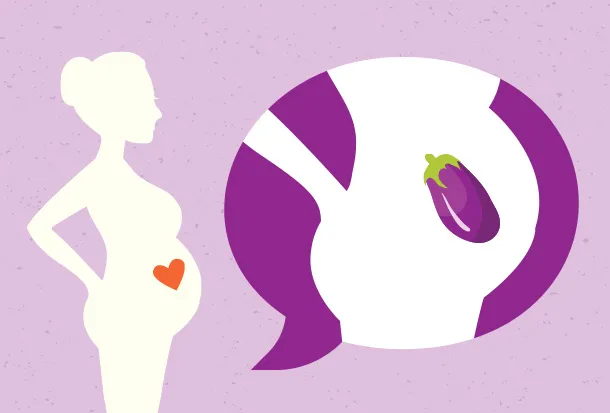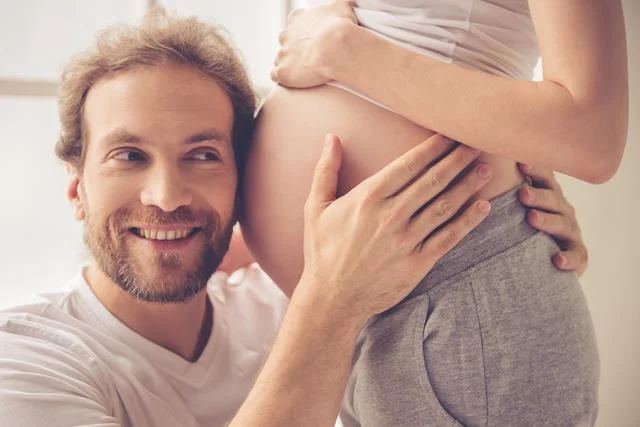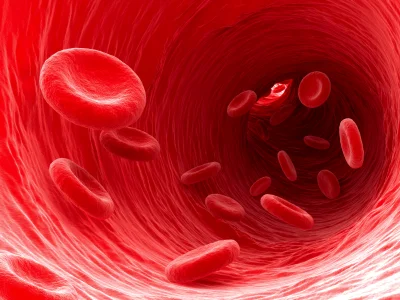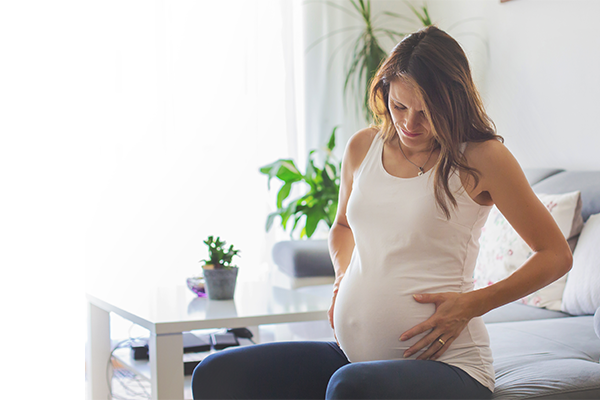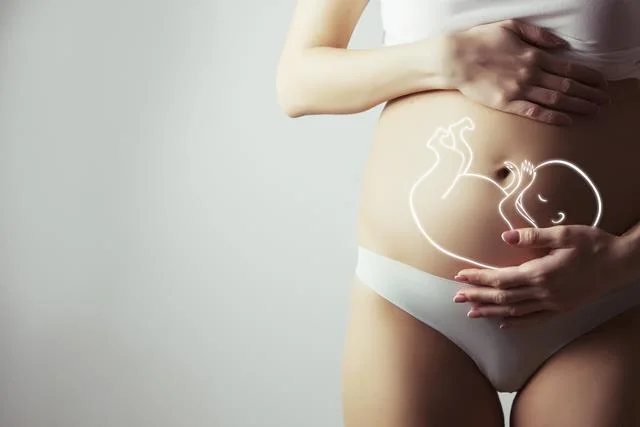The 25th week of pregnancy is the time when the growing belly, fatigue and back or leg pain begin to weigh more heavily on the expectant mother than before. But the discomfort is compensated, for example, by ultrasound images that show the future parents a practically fully developed baby.
The 25th week of pregnancy is the end of the 6th month of pregnancy. This is the time when you should not give up light and controlled physical activity despite a growing belly. A fitter body during pregnancy guarantees a better, faster and less painful birth. In the 25th week of pregnancy, the baby’s weight is just under 700 grams, which means that the baby weighs less than a bag of sugar, for example.
Changes in the baby in the 25th week of pregnancy
In the 25th week of pregnancy, the baby in the mother’s womb changes intensively: blood vessels develop, fat accumulates as protective tissue, muscles develop and the alveoli in the lungs multiply. In addition, tooth glands begin to form in the gums and the nerves around the baby’s mouth slowly become sensitive to touch. In the 25th week of pregnancy, the ultrasound image shows the parents-to-be a baby that is moving its legs and arms intensively, touching the inner wall of the uterus and playing with the umbilical cord. Therefore, the future mother can feel the baby’s movements much more intensively than in earlier months.
Mood and body of the mother in the 25th week of pregnancy
In the 25th week of pregnancy, the mother’s weight is often a cause for concern for many ladies. However, you should not worry too much. If the baby gains weight as planned, the excess kilos will disappear after the birth. It is true, however, that the expectant mother tends to be more tired and experiences much stronger mood swings than before. This period is also characterised by problems with deep breathing. This is due to a disturbance in the secretion of hormones that expand the mucous membranes of the respiratory tract, causing the diaphragm to be compressed by the uterus.
As for the twin pregnancy, the 25th week is particularly difficult in this respect, as the pregnant woman is very sleepy, snores at night and may show little movement during the day. All this is due to hypoxia in the brain. The pregnancy belly is already clearly visible and the skin on it is tight, which increases the risk of stretch marks appearing. For such skin complaints, a skin massage in combination with the application of oils: coconut, grape or almond, provided the therapy is carried out regularly, works excellently.
What does a baby look like in the 25th week of pregnancy?
In the 25th week of pregnancy, the expectant mother can see the baby clenching its fists on the basis of ultrasound images. The infant’s movements are still tentative, so it happens that the foetus beats its fingers against each other and tries to reach for the umbilical cord. It is interesting to note that during this time the mother can feel when the infant hiccups. By the end of the second trimester, his vocal cords are already developed. The appearance of the baby in the 25th week of pregnancy already resembles a baby that will be born after 9 months in the womb.
Positioning the baby in the 25th week of pregnancy
At the end of the second trimester, until about the 32nd week of pregnancy, the baby arranges itself freely in the womb. He is still small enough that he does not lack space to change positions freely. His positioning in the 25th week of pregnancy depends on his mood and temperament. It is not until the third trimester, when the uterus begins to feel tight, that the baby can adopt a head, pelvic or transverse position.
For the birth itself, choosing the right position is crucial. The most correct and common position (95%) is the head position – it is the head that the person delivering the baby sees first. This is the safest position. In this position, the baby steps on the mother’s ribs, which is a good sign for her and means that the birth can proceed without complications.
The longitudinal pelvic position is the opposite of the head position. Near the exit of the uterus is the baby’s buttocks instead of the head. Fortunately, there are not many births like this, about 3%. Unfortunately, this is not the ideal position for a birth. It involves a lot of energy that has to be expended by the woman giving birth, and in most cases the birth ends in a caesarean section. Another type of position of the baby in the uterus is the transverse position, where the baby lies as if in a hammock. This is a very rare type of position – it accounts for less than 1% of cases. It is easily recognised by the oval shape of the abdomen. The most common cause of an atypical position of the baby is defects in the bone structure of the pregnant pelvis.



